Home>Garden Essentials>How To Grow Bonsai Tree From Seed
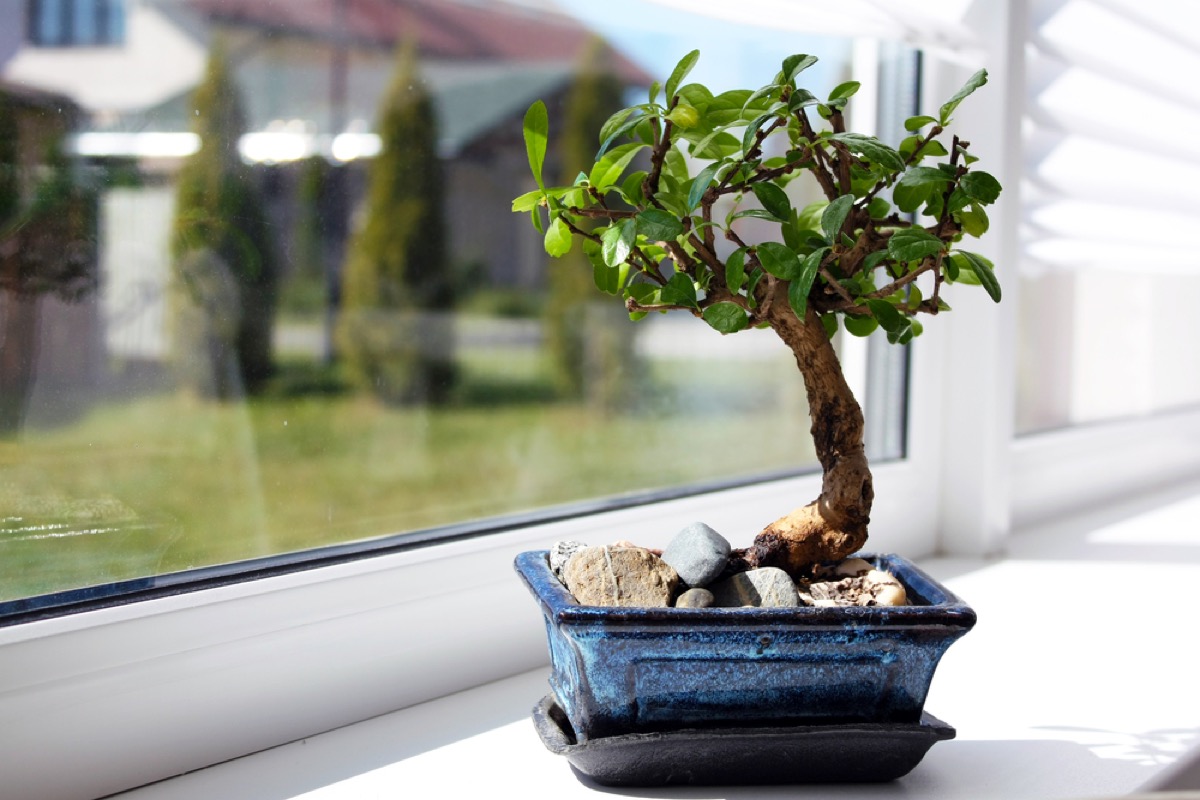

Garden Essentials
How To Grow Bonsai Tree From Seed
Modified: August 16, 2024
Learn the art of growing bonsai trees from seeds in your own garden. Discover useful tips and techniques to nurture these beautiful miniature trees.
(Many of the links in this article redirect to a specific reviewed product. Your purchase of these products through affiliate links helps to generate commission for Storables.com, at no extra cost. Learn more)
Introduction
Welcome to the fascinating world of bonsai gardening! There is something undeniably captivating about these miniature trees that have been meticulously cultivated to resemble their full-sized counterparts. Growing a bonsai tree from seed is a rewarding and fulfilling experience that allows you to witness the entire life cycle of this ancient art form, right from the beginning.
Bonsai, which literally translates to “tray planting,” originated from ancient China and Japan. Although it requires patience and dedication, growing a bonsai tree from seed can be a gratifying journey. Not only does it provide a sense of accomplishment, but it also allows you to develop a deep connection with nature as you nurture and shape your very own tree.
In this comprehensive guide, we will take you through the step-by-step process of growing a bonsai tree from seed. From gathering the necessary materials to providing the right care and environment, we will cover everything you need to know to succeed in this rewarding endeavor.
Before we begin, it’s important to note that growing a bonsai tree from seed requires time, effort, and attention to detail. This is not an overnight process, as it can take several years for the tree to develop into a mature bonsai. However, the journey itself is incredibly fulfilling, and the end result is a living work of art that you can proudly display in your home or garden.
So, without further ado, let’s dive into the world of bonsai and discover how to grow a bonsai tree from seed!
Key Takeaways:
- Growing a bonsai tree from seed is a patient and rewarding journey, requiring careful selection of viable seeds, proper soil and containers, and attention to detail in preparation and care.
- Bonsai tree cultivation involves ongoing maintenance, including regular trimming, pruning, re-potting, and root pruning, to ensure the tree’s health and vitality over time.
Read more: How To Grow A Tree From A Seed
Step 1: Gathering the necessary materials
Growing a bonsai tree from seed begins with gathering the necessary materials. Let’s take a look at two vital components: selecting viable bonsai tree seeds and acquiring suitable soil and containers.
Selecting viable bonsai tree seeds
When selecting bonsai tree seeds, it’s essential to choose varieties that are suitable for bonsai cultivation. Look for tree species that are known to thrive in miniature form, such as Japanese Maple, Juniper, Pine, or Elm. You can find these seeds at specialized nurseries, bonsai garden centers, or online suppliers.
Inspect the seeds carefully to ensure they are healthy and viable. Look for seeds that are firm, plump, and without any visible damage or discoloration. Avoid seeds that are too old or dried out, as these may have a lower likelihood of germination.
Remember that different tree species have different requirements for germination and growth. Familiarize yourself with the specific needs of the tree species you have chosen to increase your chances of success.
Acquiring soil and containers
Having the right soil and containers is crucial for the healthy growth of your bonsai tree. Bonsai soil should be well-draining yet capable of retaining moisture. A mixture of akadama, pumice, and lava rock is commonly used for bonsai cultivation. You can purchase pre-made bonsai soil mixes or create your own by blending the components in the right proportions.
As for containers, shallow and wide pots are preferred for bonsai trees. These pots allow for better root development and mimic the natural growth pattern of a bonsai tree. Opt for containers made of ceramic or clay, as they provide good insulation and breathability for the roots.
Choose a pot size that corresponds to the size of your bonsai tree seedlings. Starting with a smaller container allows you to easily manage the tree’s growth and ensures that it doesn’t become overwhelmed by an excessively large pot.
Now that you have selected viable bonsai tree seeds and acquired the necessary soil and containers, you’re ready to move on to the next step: preparing the seeds for planting.
Step 2: Preparing the seeds for planting
Before you can plant the bonsai tree seeds, it’s important to prepare them for optimal germination. This involves two essential processes: seed scarification and cold stratification.
Read more: How To Grow Tree From Seed
Seed scarification
Seed scarification is the process of breaking or weakening the seed coat to allow moisture to penetrate and facilitate germination. Some bonsai tree seeds have a hard outer shell that can inhibit water absorption. By scarifying the seeds, you create small openings that allow moisture to reach the embryo inside.
There are several methods you can use to scarify bonsai tree seeds:
- Scratching the seed coat with sandpaper or a file. Gently rub the seed coat to create small scratches without damaging the seed itself.
- Soaking the seeds in warm water overnight. This helps to soften the seed coat and encourage germination.
- Applying a sulfuric acid solution to the seed coat. This is a more advanced technique that should be done with caution and under proper guidance.
After scarification, rinse the seeds thoroughly to remove any chemicals or debris. Now, they are ready for the next step in the preparation process.
Cold stratification process
Cold stratification mimics the natural conditions that tree seeds experience during the winter months. It involves subjecting the scarified seeds to cold temperatures for a period of time, typically several weeks to a few months. This process helps to overcome seed dormancy and promotes more consistent and successful germination.
To cold stratify the bonsai tree seeds:
- Place the scarified seeds in a damp paper towel or in a container with moist vermiculite or peat moss.
- Seal the container or wrap the paper towel with plastic wrap to create a humid environment.
- Store the seeds in the refrigerator at a temperature between 34-41°F (1-5°C).
Check the seeds periodically to ensure they remain moist and mold-free. After the recommended cold stratification period has passed, you can move on to planting the bonsai seeds.
With the seeds scarified and cold stratified, you are now ready to plant them and start your bonsai tree journey. In the next step, we will cover the process of planting the bonsai seeds.
Step 3: Planting the bonsai seeds
Now that you have prepared the bonsai seeds through scarification and cold stratification, it’s time to plant them and embark on the exciting journey of growing your bonsai tree.
Choosing the right potting mix
Choosing the right potting mix is crucial for providing the necessary nutrients, drainage, and aeration to support the growth of your bonsai seedlings. A well-draining but moisture-retaining soil mix is ideal for bonsai cultivation.
You can create your own bonsai soil mix by combining components such as akadama, pumice, and lava rock. The proportions of these components may vary depending on the tree species and your local climate. The goal is to have a mix that allows water to drain freely but also retains enough moisture for the roots to absorb.
If you prefer a ready-made option, you can find bonsai soil mixes at your local garden center or from online suppliers. Just ensure that the mix provides the necessary drainage and aeration for healthy root development.
Read more: How To Grow An Apple Tree From A Seed
Sowing the seeds in the container
Once you have your potting mix ready, it’s time to sow the bonsai seeds in the container. Here are the steps to follow:
- Fill the container with the potting mix, leaving some space at the top for watering.
- Make small indentations in the soil using your finger or a pencil. The depth of the indentation should be about twice the size of the seed.
- Place a seed in each indentation, gently pressing it into the soil, ensuring it is not buried too deep.
- Cover the seeds with a thin layer of the potting mix, ensuring they are adequately covered but not smothered.
- Gently water the seeds, making sure the soil is evenly moist.
It’s essential to provide consistent moisture to the seeds, as dry conditions can hinder germination. Mist the soil surface regularly to keep it moist, but be careful not to create a waterlogged environment, as excess moisture can lead to fungal issues.
Place the container in a warm and well-lit area, but avoid direct sunlight, as it can be too intense for the delicate seedlings. Maintain a temperature of around 70-75°F (21-24°C) for optimal germination.
Now it’s time to wait patiently for the seeds to sprout and grow into seedlings. This process can take several weeks to a few months, depending on the tree species and environmental conditions.
In the next step, we will explore the crucial care and environmental requirements for the bonsai seedlings to thrive.
Step 4: Providing the appropriate care and environment
As your bonsai seedlings begin to emerge from the soil, it’s crucial to provide them with the right care and environment for healthy growth and development. This step focuses on three key aspects: optimal temperature and lighting conditions, regular watering and misting, and fertilizing the seedlings.
Optimal temperature and lighting conditions
For the successful growth of your bonsai seedlings, it’s important to provide them with the optimal temperature and lighting conditions.
Most bonsai tree species thrive in a temperature range between 60-75°F (15-24°C). Keep the seedlings in a warm area that receives indirect sunlight or filtered light. Avoid placing them in direct sunlight, as it can be too intense and cause leaf burn.
If you’re growing indoors, you can use fluorescent grow lights or LED lights to provide the necessary light intensity and duration. Aim for 12-16 hours of light per day to simulate a natural day-night cycle and promote healthy photosynthesis.
Regular watering and misting
Proper watering is critical for the health of your bonsai seedlings. The key is to keep the soil evenly moist, but not soggy or overly dry.
Check the moisture level of the soil regularly by inserting your finger about an inch deep. If it feels dry, it’s time to water the seedlings. Use a gentle stream of water to moisten the soil surface, allowing the water to penetrate into the roots.
Misting the foliage of the seedlings is also important to maintain adequate humidity levels. Bonsai seedlings appreciate a slightly higher humidity environment, as it mimics their natural habitat. Use a spray bottle to mist the leaves, avoiding excessive moisture that could lead to fungal issues.
Read more: How To Grow Pecan Tree From Seed
Fertilizing the seedlings
As bonsai seedlings grow, they require a steady supply of nutrients to support their development. Fertilizing regularly is crucial to provide them with the necessary elements for healthy growth.
Choose a balanced, slow-release bonsai fertilizer or a liquid fertilizer suitable for seedlings. Follow the instructions on the packaging for the correct dosage and apply it according to the recommended frequency. Typically, fertilizing once every two to four weeks during the growing season is sufficient.
Remember not to over-fertilize, as it can lead to root burn and damage the seedlings. Always dilute the fertilizer and apply it to moist soil to prevent excess concentration around the roots.
By providing the appropriate care and environment, you will give your bonsai seedlings the best chance to thrive. In the next step, we will explore the techniques for pruning and shaping your bonsai tree.
Step 5: Pruning and shaping the bonsai tree
Pruning and shaping are essential aspects of bonsai cultivation that help create the desired aesthetic form and structure of the tree. In this step, we will explore the techniques for pruning and training your bonsai seedlings, as well as the use of wiring for shaping purposes.
Initial pruning and training techniques
Once your bonsai seedlings have grown several sets of true leaves and developed a strong root system, it’s time to start pruning and training them. The goal is to create a bonsai tree with harmonious proportions and a balanced silhouette.
Begin by pruning back the longer shoots or branches to encourage the development of smaller, compact foliage pads. Use sharp and clean bonsai scissors to make precise cuts just above a leaf node or bud. This will help redirect the plant’s energy to the desired locations and stimulate new growth.
During the early stages, focus on shaping the main trunk and establishing the primary branches. Select the strongest and most aesthetically pleasing branches to keep, while removing any unwanted or crossing branches. Gradually reduce the length of branches to encourage branching and create a more intricate branching structure.
Remember to step back frequently and assess the overall shape of the tree. It’s important to create a sense of balance and symmetry by ensuring that branches are distributed evenly around the trunk.
Wiring for shaping purposes
Wiring is a technique commonly used in bonsai to shape and position branches and trunks. It involves wrapping a thin, flexible wire around the branch or trunk and gently bending it into the desired position. Wiring should be done when the branches are still young and flexible, as older branches may become brittle and prone to breakage.
Before applying wire, ensure that the branch is clean and free from any obstructions. Wrap the wire in a spiral motion along the length of the branch or trunk, leaving enough space for the tree to grow. Be careful not to wrap the wire too tightly, as it can cause damage to the bark or restrict the flow of sap.
Once the wire is in place, gently bend the branch or trunk into the desired shape. Take your time and make small adjustments as needed. It’s important to regularly check the wire to ensure it doesn’t cut into the tree’s bark as it grows.
Keep in mind that wiring should not be left on the tree for an extended period. Check the growth regularly, and once the branch sets in the desired position, remove the wire carefully to avoid causing any damage.
Pruning and shaping your bonsai tree is an ongoing process that requires patience and attention to detail. With time and practice, you will develop a keen eye for creating the desired form and structure. In the next step, we will discuss the importance of transplanting your bonsai tree.
Read more: How To Grow Pine Trees From Seed
Step 6: Transplanting the bonsai tree
Transplanting is an important step in the growth and development of a bonsai tree. It allows the tree to establish a more suitable root system and provides an opportunity to shape its future. In this step, we will discuss when to transplant and the proper techniques for moving the tree.
Knowing when to transplant
Transplanting your bonsai tree is necessary when it outgrows its current container or when the root system becomes cramped. The timing of transplanting depends on the growth rate of the tree and the health of its roots.
It is generally recommended to transplant a bonsai tree every one to three years, depending on its growth. Look for signs that the tree has become root-bound, such as roots circling the inside of the pot or emerging from the drainage holes.
The best time to transplant a bonsai tree is during its dormant season, typically in early spring or late winter. Transplanting during this period minimizes stress on the tree and gives it ample time to recover before entering its active growth phase.
Proper techniques for moving the tree
When transplanting your bonsai tree, follow these proper techniques to ensure a successful transition:
- Carefully remove the tree from its current container, gently loosening the root ball to minimize damage to the roots.
- Inspect the roots and trim any damaged or excessively long roots to promote healthy root growth.
- Select a new container that is slightly larger than the previous one, ensuring it has adequate drainage holes.
- Prepare a fresh batch of well-draining bonsai soil mix.
- Place a layer of the soil mix in the bottom of the new container.
- Position the tree in its new container, ensuring it is centered and at the desired angle.
- Fill the remaining space with the soil mix, gently pressing it down to eliminate air pockets.
- Water the newly transplanted tree thoroughly to settle the soil around the roots.
After transplanting, place the tree in a shaded area for a few days to help it recover from the shock of the process. Gradually reintroduce it to its normal light conditions, avoiding direct sunlight initially.
Transplanting is an opportunity to refresh and ensure the continued health and vigor of your bonsai tree. By following proper techniques and timing, you contribute to its long-term success and growth.
In the final step, we will explore the ongoing maintenance and care required to keep your bonsai tree thriving.
Step 7: Continued maintenance and care
Once your bonsai tree is transplanted and established in its new container, it requires regular maintenance and care to ensure its continued growth and health. In this final step, we will discuss two essential aspects of bonsai care: regular trimming and pruning, as well as the importance of re-potting and root pruning.
Read more: How To Grow Grapefruit Tree From Seed
Regular trimming and pruning
Regular trimming and pruning are essential for maintaining the shape and size of your bonsai tree and promoting its overall health. These practices help to refine the tree’s silhouette, encourage branching, and prevent overgrowth.
As your bonsai tree continues to grow, regularly inspect it for any excess or unwanted branches and foliage. Use sharp and clean bonsai scissors or pruning shears to make precise cuts just above a leaf node or bud. Remove any dead or damaged branches, as well as branches that disturb the overall aesthetics of the tree.
Pay attention to the balance and proportion of the tree’s canopy and branches as you prune. Aim for a harmonious and natural appearance while preserving the tree’s unique characteristics.
Remember that regular pruning stimulates new growth, so it’s important to allow the tree time to recover between pruning sessions. Avoid excessive pruning in a single session to prevent weakening the tree or hindering its future development.
Re-potting and root pruning
Re-potting is a critical process for the long-term health and development of your bonsai tree. Over time, the root system becomes compacted, which restricts the tree’s ability to absorb nutrients and water. Re-potting allows you to refresh the soil, prune the roots, and provide the tree with a more suitable environment for continued growth.
Generally, re-potting is recommended every one to three years, depending on the growth rate of the tree and the root development. Re-pot your bonsai tree during its dormant season, following similar techniques as mentioned in Step 6. Gently remove the tree from its container, prune the roots, and replace the soil mix to promote strong root growth.
Root pruning is a crucial aspect of re-potting. Trim the larger, woody roots to encourage finer root growth and promote a healthy and compact root system. Be sure to use clean and sharp tools to minimize damage to the roots.
After re-potting, take care to provide the tree with the appropriate watering and environmental conditions to aid in its recovery.
Regular trimming, pruning, re-potting, and root pruning are ongoing maintenance tasks that contribute to the health and vitality of your bonsai tree. By staying attentive to its needs and giving it the care it deserves, you can enjoy the timeless beauty and artistry of your bonsai creation.
With this comprehensive guide, you are equipped with the knowledge and understanding to successfully grow bonsai trees from seed. Embrace the artistry, patience, and connection with nature that bonsai cultivation offers, and enjoy the journey of watching your bonsai tree flourish and evolve over time.
Conclusion
Congratulations on completing this comprehensive guide to growing bonsai trees from seed! You now have the knowledge and tools to embark on a fulfilling journey of cultivating these miniature living works of art. Bonsai gardening is not only a captivating hobby but also an opportunity to connect with nature, exercise patience, and nurture the growth of these beautiful trees.
Throughout this guide, we covered the essential steps required to grow bonsai trees from seed. From gathering the necessary materials, preparing the seeds for planting, and sowing them in the right containers, to providing the appropriate care and creating the desired shape through pruning, wiring, and training techniques.
We explored the importance of proper care and environmental factors such as optimal temperature and lighting conditions, regular watering and misting, and fertilizing the seedlings. We also discussed the significance of transplanting, knowing when to transplant, and the proper techniques for moving the tree to a new container. Additionally, we highlighted the ongoing maintenance tasks of trimming, pruning, re-potting, and root pruning to keep your bonsai tree thriving.
Remember, growing bonsai trees from seed is a journey that requires patience, attention to detail, and a deep connection with nature. Each bonsai tree is unique, and as you cultivate and shape it, you will witness its transformation into a breathtaking miniature representation of nature’s beauty.
Enjoy the process of observing your bonsai tree grow and evolve over the years, and take pride in the artistry and craftsmanship you invest in each step of the way. Whether you display your bonsai tree indoors or outdoors, it will serve as a constant reminder of the beauty and tranquility that can be found in the natural world.
So, go ahead, gather your materials, select your bonsai tree seeds, and begin your journey of creating your very own bonsai masterpiece. Let your creativity and passion guide you as you shape and nurture your bonsai tree into a living work of art that brings joy and tranquility to your life.
Happy bonsai gardening!
Frequently Asked Questions about How To Grow Bonsai Tree From Seed
Was this page helpful?
At Storables.com, we guarantee accurate and reliable information. Our content, validated by Expert Board Contributors, is crafted following stringent Editorial Policies. We're committed to providing you with well-researched, expert-backed insights for all your informational needs.
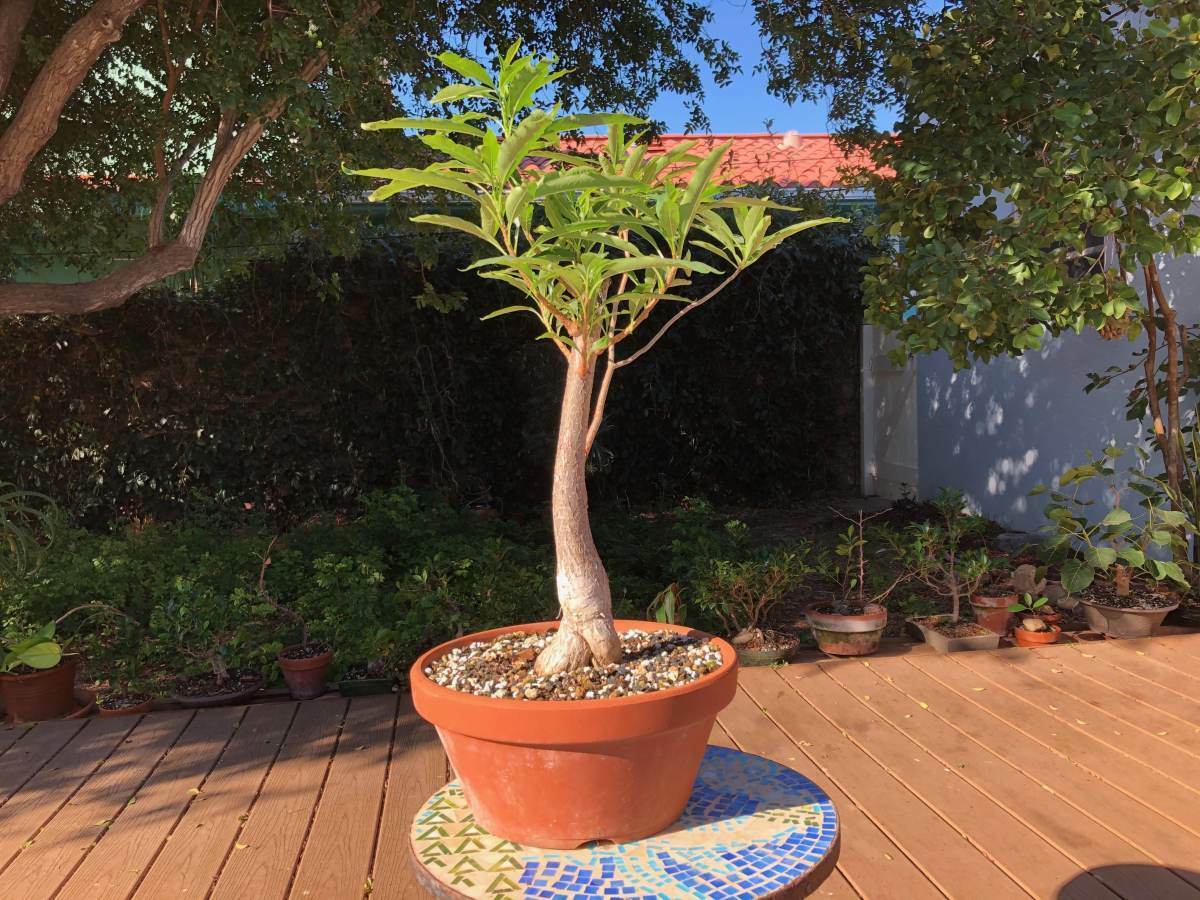
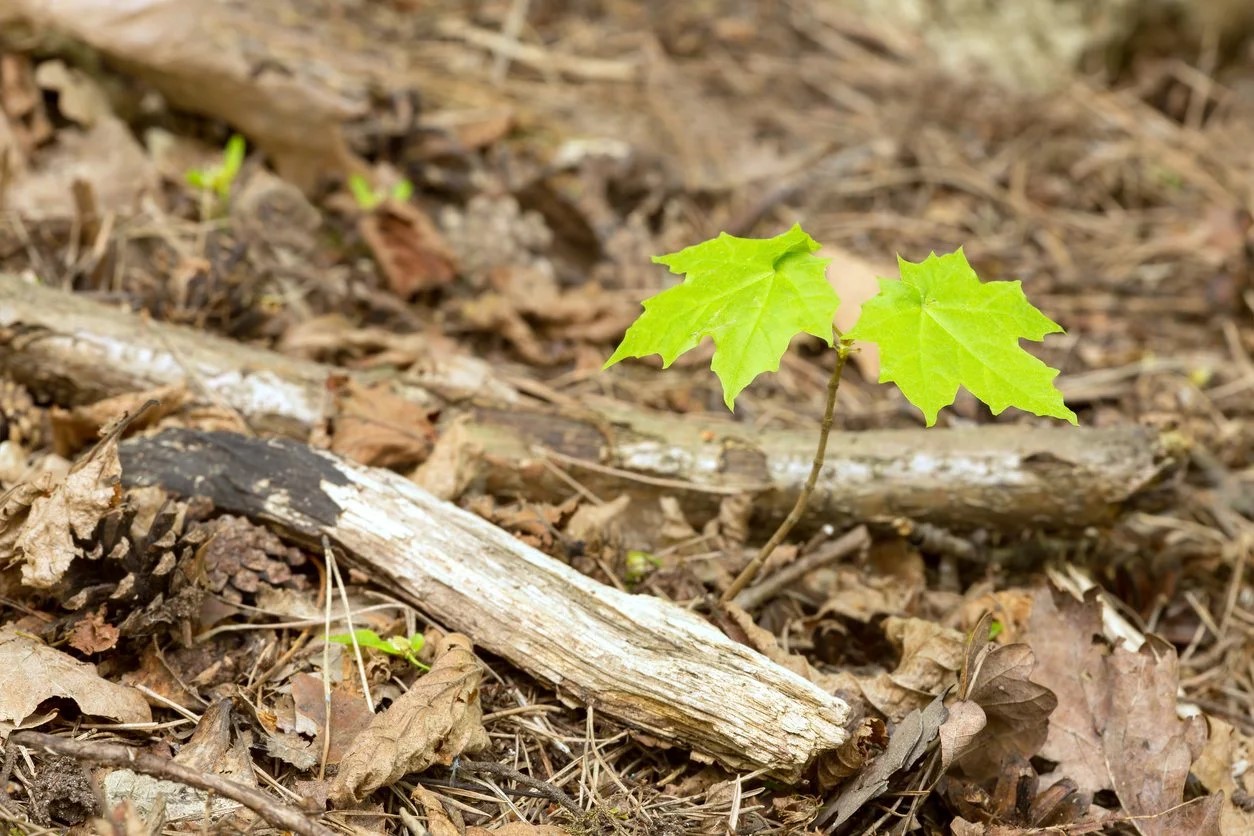
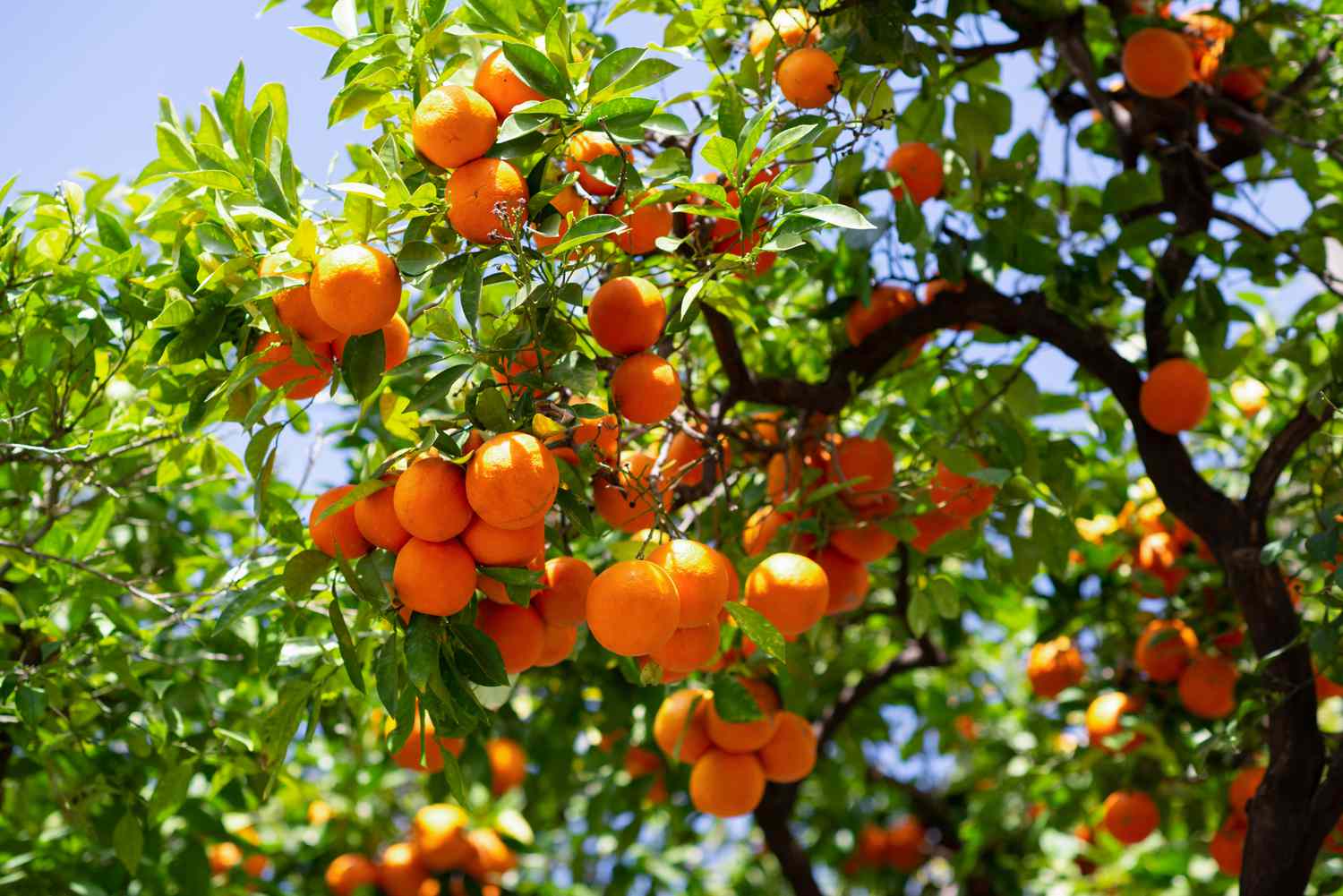
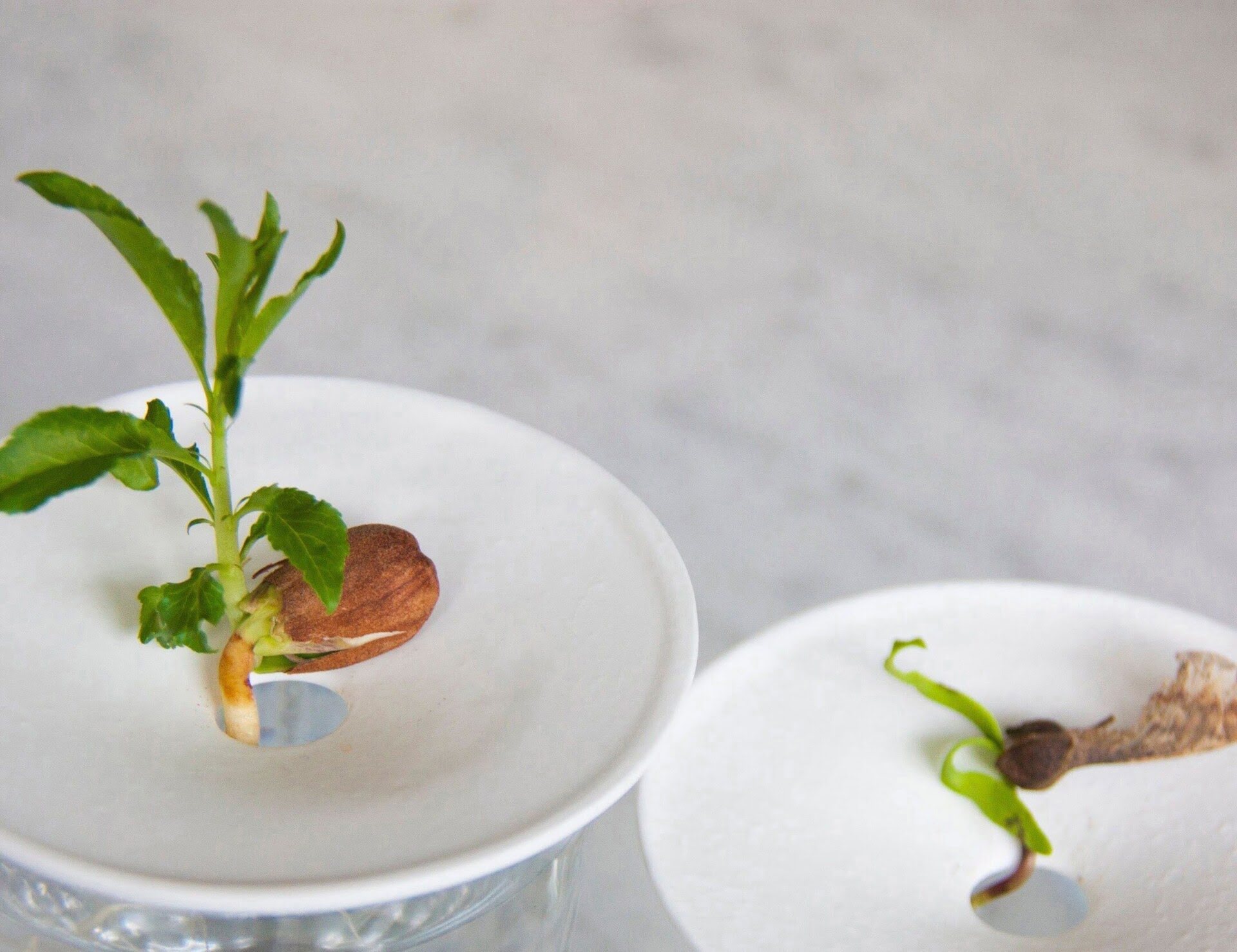


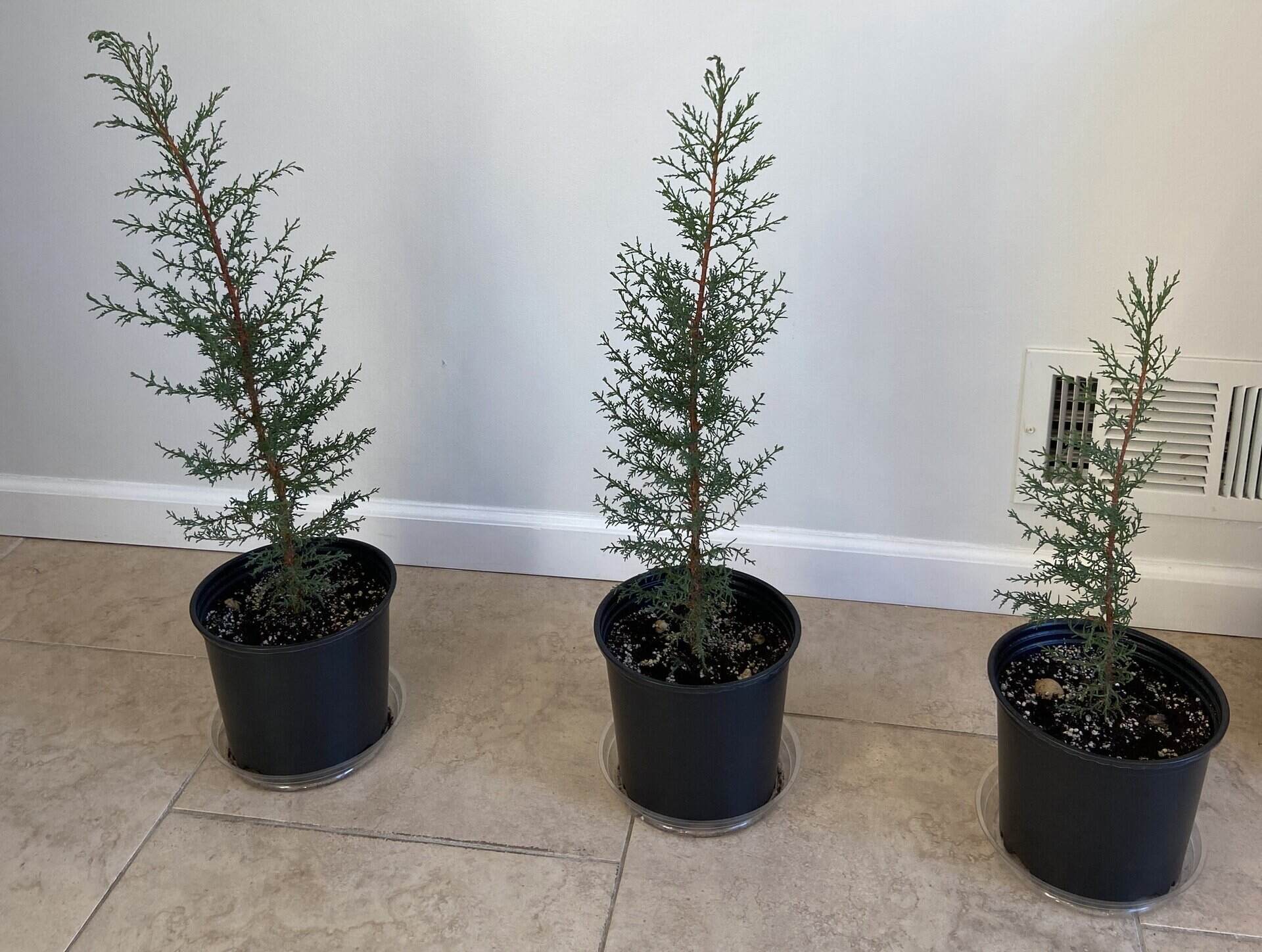
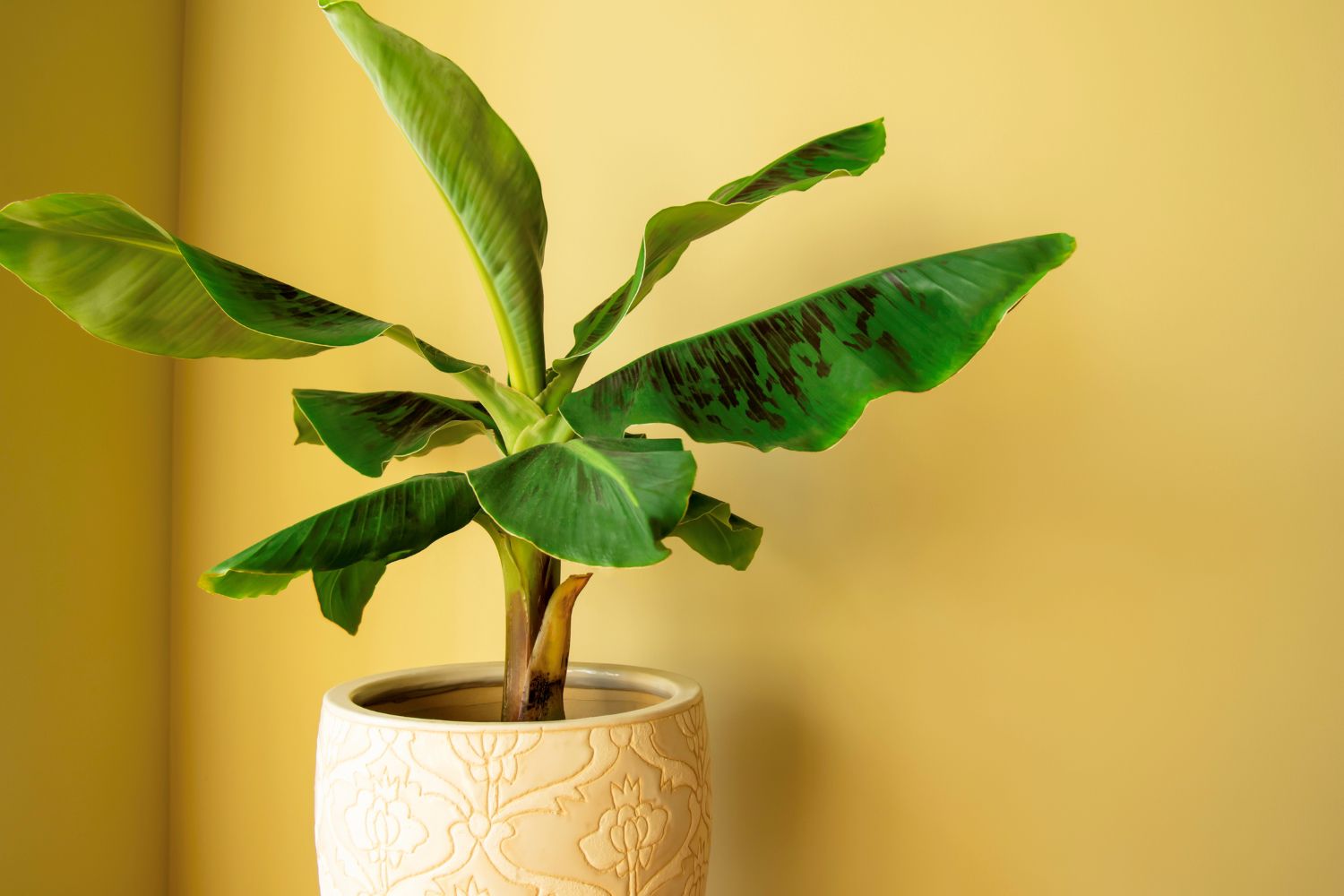
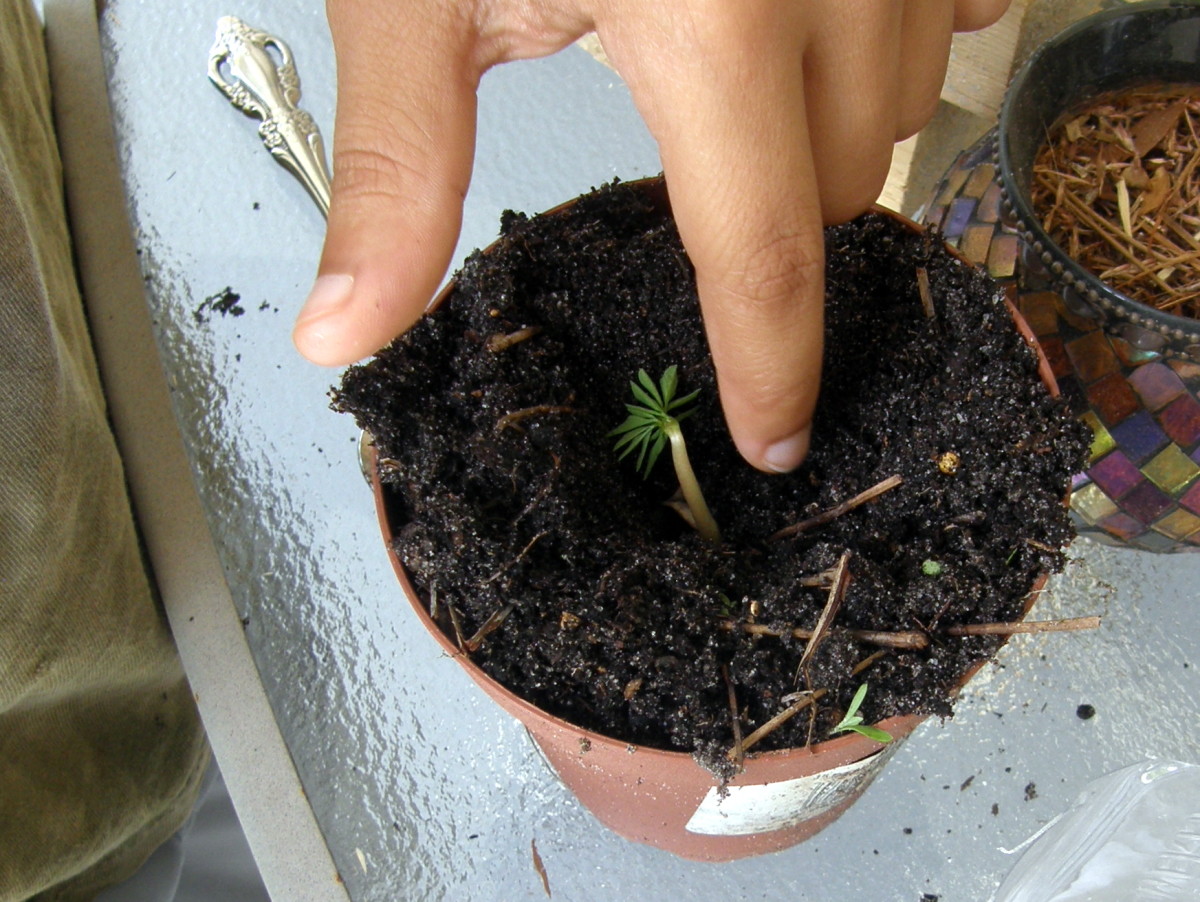
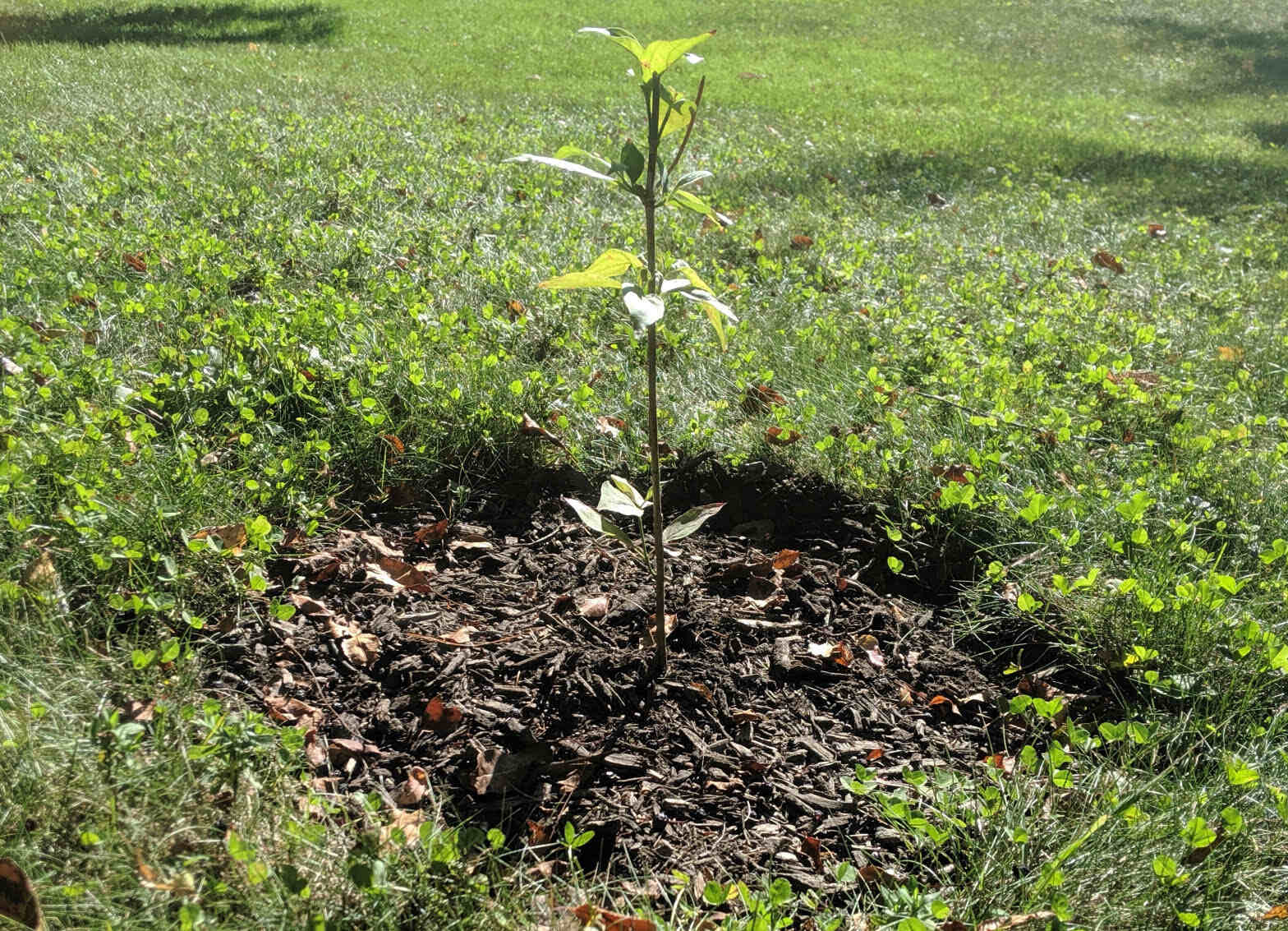

0 thoughts on “How To Grow Bonsai Tree From Seed”